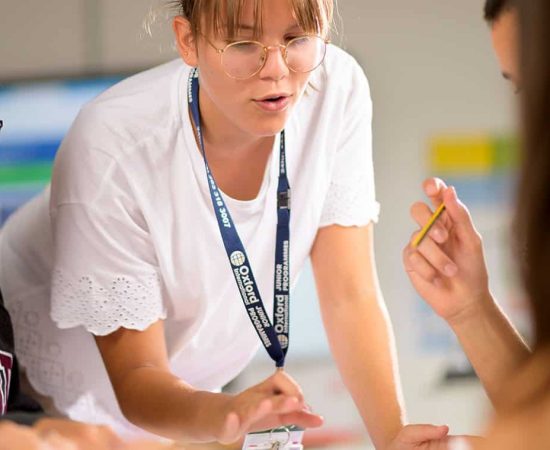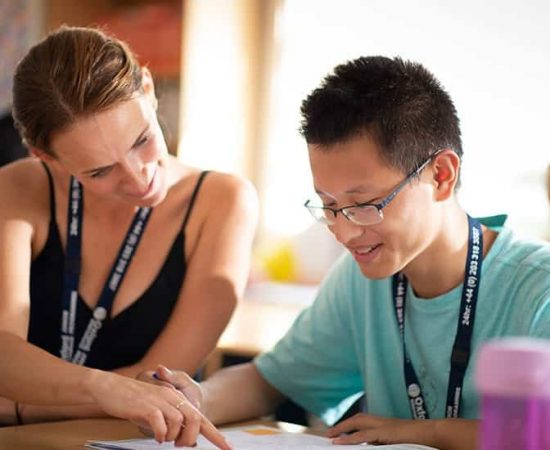Feedback in class includes everything that evaluates a student’s performance. Typically, we think about feedback and error correction in different ways but they really are very much the same thing.
Why is it important?
Students are given tasks and naturally want to know how well they have done. Naturally, they expect their teacher to provide them with that feedback. Making errors is often perceived as a bad thing by students while seasoned teachers see them as learning opportunities. Giving feedback on errors takes care of both these views.
Another reason why feedback at the end of individual stages in the lesson is important is that it provides a sense of closure of that stage and allows everyone to move on to the next stage. For example, if students have worked on a gap-fill activity and are unsure about whether or not their answers are correct when the next activity is already being introduced, they may find it difficult to focus on the new activity because they are still wondering about their answers.
When is a good time?
This depends on the type of task or exercise students are working on in class. Students deserve and expect feedback at regular intervals throughout the lesson, i.e. once or twice during a 90-minute lesson is not enough.
If the focus of the activity is accuracy, feedback should be given immediately. If the focus is fluency, feedback should be given with a little delay so as not to interrupt the flow. As the activities vary throughout the lesson, the feedback should also vary.

Giving feedback and correcting errors - Part 2
Read more
Giving feedback and correcting errors - Part 3
Read more






